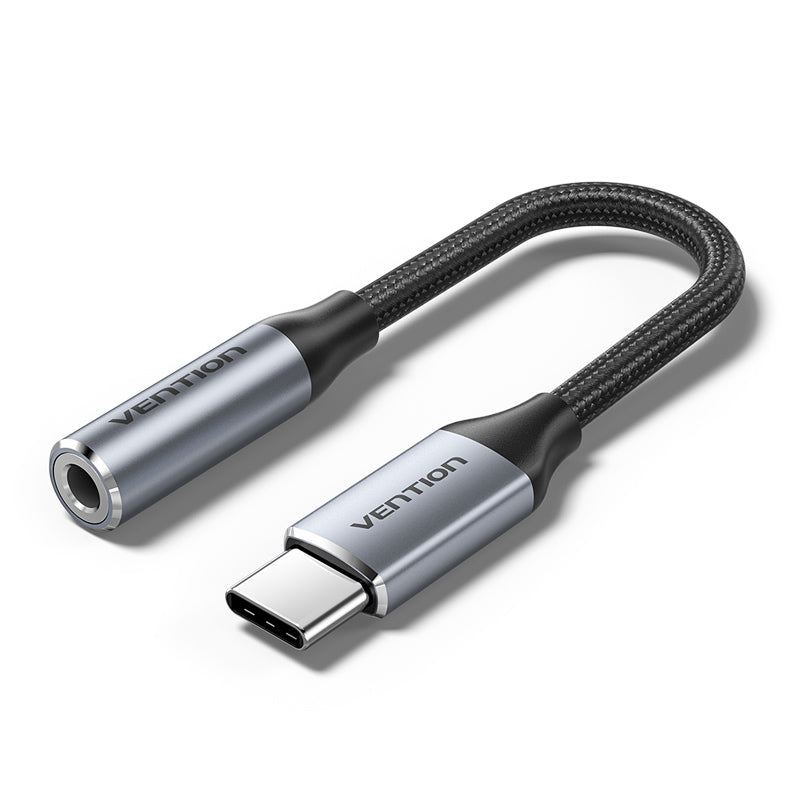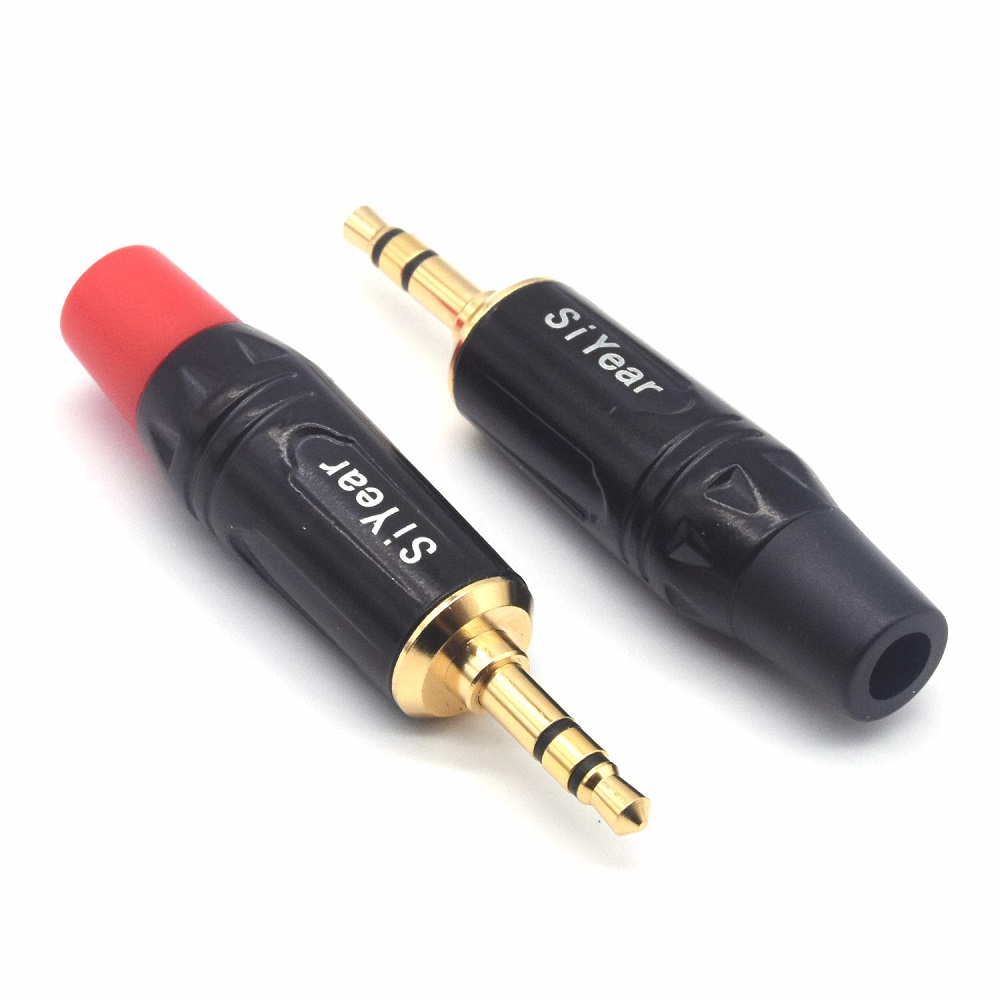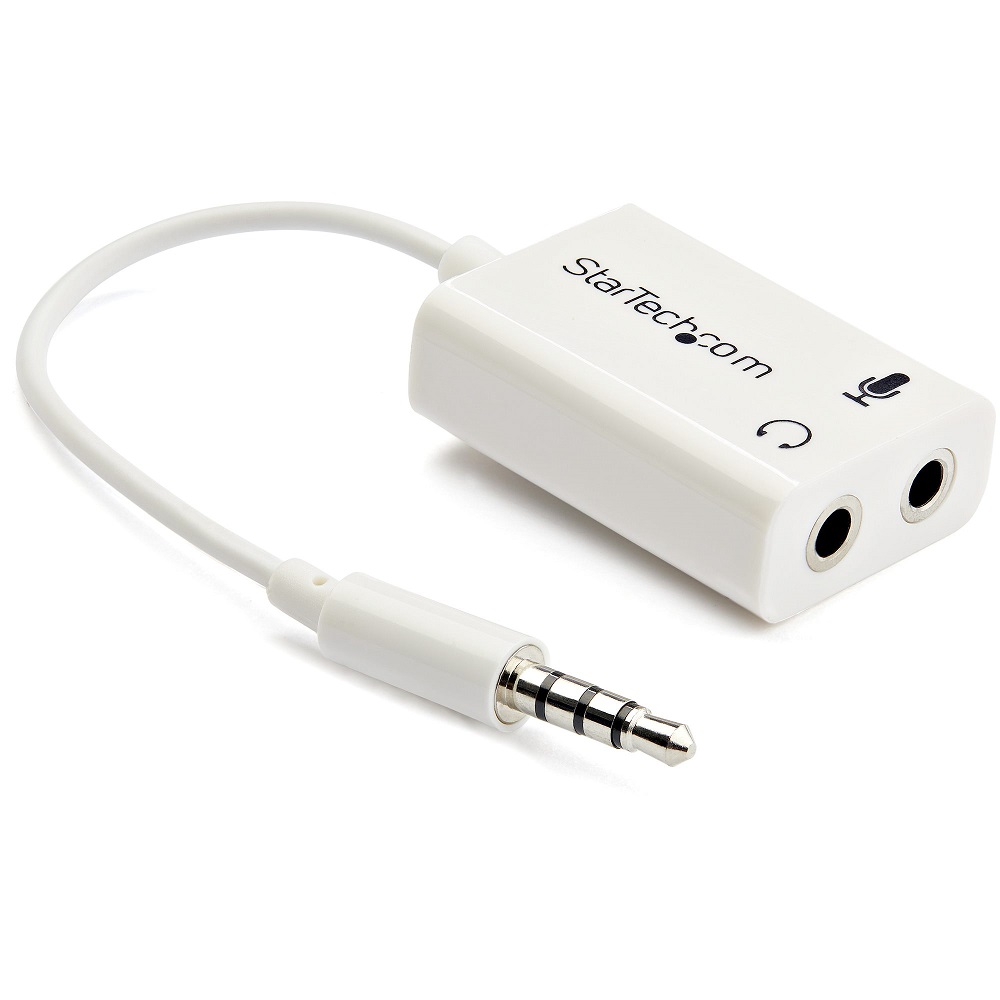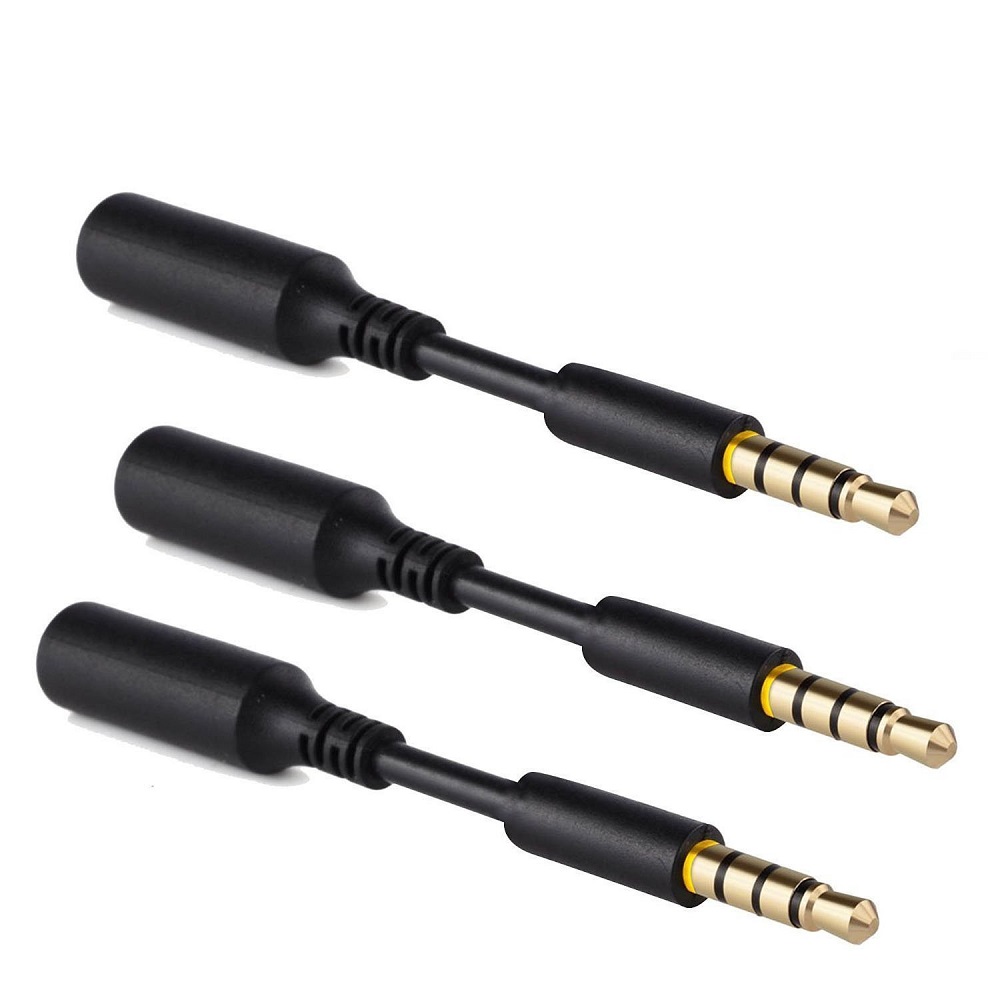When it comes to audio devices, headphone jacks play a crucial role in delivering sound. With various types of headphone jacks available in today’s market, it can be confusing to determine which one is right for you. Understanding the differences between these connectors can help you make an informed decision and enhance your listening experience. This comprehensive guide will explore the various types of headphone jacks, their characteristics, and the best options for your needs.
The Basics of Headphone Jacks
What is a Headphone Jack?
A headphone jack is a type of electrical connector used to connect headphones or earphones to an audio source, such as a smartphone, laptop, or music player. These connectors carry audio signals from the device to the headphones, allowing users to listen to music, podcasts, and other audio content.
Headphone jacks come in different sizes and configurations, each serving unique purposes. The most common types are 3.5mm, 1/4 inch (6.35mm), and a few others that are gaining popularity in specialized applications. Understanding their characteristics is vital for choosing the right connector for your audio needs.
Why Are Different Types of Jacks Important?
Various headphone jacks exist to accommodate different devices and audio formats. As technology advances, manufacturers frequently create new connectors or modify existing ones. This evolution can sometimes lead to compatibility issues between devices and accessories. Having a clear understanding of the different types of headphone jacks available ensures that you select compatible audio equipment, resulting in optimal performance.
Additionally, the size and design of a headphone jack can affect sound quality and durability. Certain connectors are designed for professional sound levels, while others target casual music listeners. Understanding the purpose of each type helps you make educated choices about your audio gear.

The Most Common Types of Headphone Jacks
3.5mm Jack (1/8 inch)
The 3.5mm headphone jack is the most widely used connector type for personal audio devices. Commonly referred to as an “aux jack”, it is found on various devices, including smartphones, tablets, laptops, and portable media players. The popularity of the 3.5mm jack stems from its versatility and ease of use.
These jacks can be found in stereo or mono versions, although the stereo version is more common. A typical 3.5mm stereo plug has three conductors, which allow it to transmit two channels of audio (left and right) simultaneously. Some versions even have additional features, such as built-in microphones or remote controls, which allow users to take calls or control playback.
1/4 inch Jack (6.35mm)
The 1/4 inch headphone jack, also known as the 6.35mm jack, is primarily used in professional audio equipment. This type of connector is commonly found on amplifiers, mixing consoles, and other audio gear. The larger size of the 1/4 inch jack provides enhanced durability, making it more suitable for heavy use in studio environments or live performances.
A 1/4 inch jack can also accommodate balanced or unbalanced audio connections, increasing versatility. While this connector type might not be as common among casual listeners, musicians and audio professionals often prefer it due to its robust design and superior sound quality.
Specialized Headphone Jacks
TRRS Jack
TRRS (Tip, Ring, Ring, Sleeve) jacks are an extended version of the standard 3.5mm connector. They add an extra ring, allowing for the transmission of audio and microphone signals. TRRS jacks are commonly found in headphones that come with built-in microphones for calls and voice commands.
These connectors are prevalent in smartphones and other portable devices that combine audio playback and communication functionalities. TRRS connectors generally follow the CTIA (Cellular Telecommunications Industry Association) or OMTP (Open Mobile Terminal Platform) standards, which determine the configuration of audio and microphone pins. Understanding these standards is essential for ensuring compatibility with various devices.
Lightning Connector
Introduced by Apple, the Lightning connector has become increasingly popular within the Apple ecosystem. This proprietary connector is prominently used on iPhones, iPads, and iPods, replacing the traditional 3.5mm headphone jack in newer models. The Lightning connector allows for both data transfer and audio output through a single port.
One significant advantage of the Lightning connector is its ability to deliver high-quality audio signals efficiently. Additionally, it offers the potential for advanced features like digital audio processing. However, this connector limits users to Apple’s ecosystem, making it less versatile than 3.5mm and 1/4 inch jacks.

Headphone Adapters and Converters
The Need for Adapters
With the variety of headphone jacks available, adapters and converters have become a popular solution for ensuring compatibility between devices and headphones. For instance, when using headphones with a 3.5mm jack on a device with only a Lightning connector, a Lightning to 3.5mm adapter is required.
Adapters serve as a bridge, enabling users to connect different types of audio hardware without buying new headphones entirely. Many adapters are portable and easy to carry, making it convenient for individuals who frequently switch between devices.
Choosing the Right Adapter
When selecting an adapter, ensure that it is compatible with your specific devices and the type of jack. Quality is also crucial, as cheaper adapters may result in inferior sound quality or connectivity issues. Look for reputable brands that offer durable and well-reviewed products. Investing in a high-quality adapter can enhance your audio experience and provide long-term reliability.
Choosing the Right Headphone Jack for Your Needs
Assess Your Usage Requirements
When selecting the right headphone jack, it’s essential to assess your usage requirements. If you primarily use headphones for casual listening on your smartphone, a 3.5mm jack may suffice. On the other hand, if you are a musician or audio professional, a 1/4 inch jack may be more appropriate for studio or live settings.
You should also consider whether you need a built-in microphone for calls or voice commands, as this may dictate the need for a TRRS connector or wireless options. Understanding your needs will help you choose the most suitable headphone jack for your situations.
Compatibility with Devices
Compatibility with your current devices is a vital consideration. Ensure that your headphones match the jacks available on your smartphones, tablets, and computers. Additionally, consider any future purchases you may make; opting for a more versatile headphone jack might be wise to accommodate new devices.
The increasing trend of manufacturers removing traditional headphone jacks from their devices means that many users now rely on wireless options or adapters to maintain compatibility. It’s essential to stay informed about the devices you use and ensure that your headphones are adaptable to any changes.
Future Trends in Headphone Jacks
The Shift Toward Wireless Options
As technology evolves, there has been a noticeable shift towards wireless audio technology. Bluetooth has become the primary method for connecting headphones to devices, leading to a decrease in the reliance on traditional headphone jacks. Many manufacturers are now producing headphones exclusively designed to work with Bluetooth, eliminating the need for jacks altogether.
Wireless headphones offer benefits such as freedom of movement and ease of storage. With advancements in battery technology and connectivity, wireless audio quality has improved, making it a viable option for most users. However, there are still enthusiasts who appreciate the sound quality and reliability provided by wired connections.
The Continued Relevance of Traditional Jacks
Despite the rise of wireless technology, traditional headphone jacks are likely to remain relevant for years to come. Many audiophiles and professionals prefer wired connections for their reliability and superior audio quality. Options such as 1/4 inch jacks will continue to thrive in studio settings and among musicians.
For casual listeners, the 3.5mm jack remains a popular choice, especially in portable devices, vehicles, and other audio hardware. While the future may lean more heavily towards wireless solutions, the versatile nature of headphone jacks ensures that they remain an integral component of the audio landscape.

Finding the Right Headphone Jack for You
In conclusion, understanding the various types of headphone jacks is essential for making informed decisions about audio devices. Different connectors serve specific purposes and provide unique functionalities. The 3.5mm and 1/4 inch jacks lead the way in terms of widespread use, while TRRS, Lightning, and Bluetooth offer additional options for compatibility and convenience.
When choosing a headphone jack, consider your usage requirements and device compatibility. Whether you seek high-quality sound for professional applications or a casual listening experience, knowing the strengths and weaknesses of each type will guide you in selecting the most suitable option.
Lastly, as technology continues to evolve, staying informed about future trends in audio equipment will help you adapt to changes in the industry. By understanding headphone jacks and how they can enhance your audio experience, you can enjoy clearer, richer sound in your everyday life. Embrace the choices available and select the best headphone jack for your individual needs.
